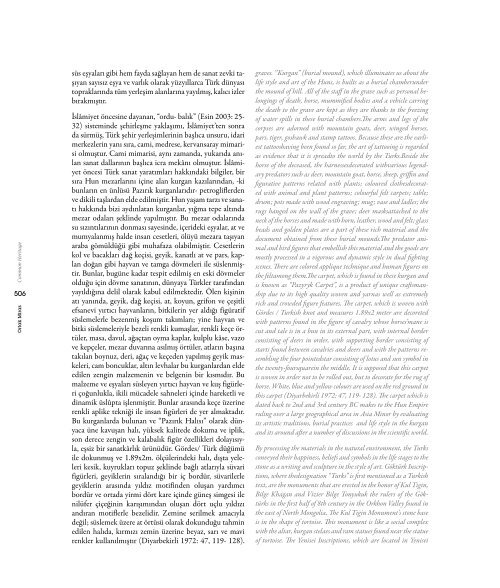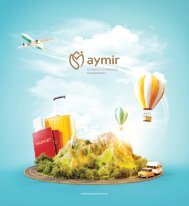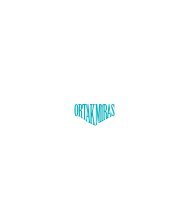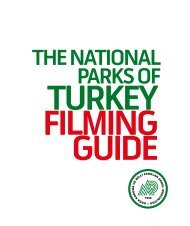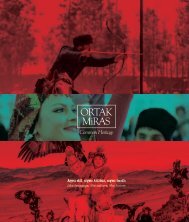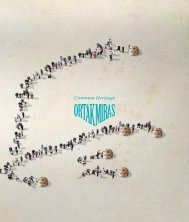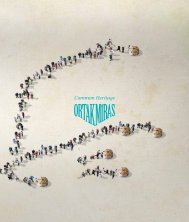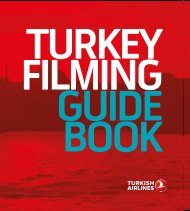You also want an ePaper? Increase the reach of your titles
YUMPU automatically turns print PDFs into web optimized ePapers that Google loves.
Common Heritage<br />
506<br />
Ortak Miras<br />
süs eşyaları gibi hem fayda sağlayan hem de sanat zevki taşıyan<br />
sayısız eşya ve varlık olarak yüzyıllarca Türk dünyası<br />
topraklarında tüm yerleşim alanlarına yayılmış, kalıcı izler<br />
bırakmıştır.<br />
İslâmiyet öncesine dayanan, “ordu- balık” (Esin 2003: 25-<br />
32) sisteminde şehirleşme yaklaşımı, İslâmiyet’ten sonra<br />
da sürmüş, Türk şehir yerleşimlerinin başlıca unsuru, idari<br />
merkezlerin yanı sıra, cami, medrese, kervansaray mimarisi<br />
olmuştur. Cami mimarisi, aynı zamanda, yukarıda anılan<br />
sanat dallarının başlıca icra mekânı olmuştur. İslâmiyet<br />
öncesi Türk sanat yaratımları hakkındaki bilgiler, bir<br />
sıra Hun mezarlarını içine alan kurgan kazılarından, -ki<br />
bunların en ünlüsü Pazırık kurganlarıdır- petrogliflerden<br />
ve dikili taşlardan elde edilmiştir. Hun yaşam tarzı ve sanatı<br />
hakkında bizi aydınlatan kurganlar, yığma tepe altında<br />
mezar odaları şeklinde yapılmıştır. Bu mezar odalarında<br />
su sızıntılarının donması sayesinde, içerideki eşyalar, at ve<br />
mumyalanmış halde insan cesetleri, ölüyü mezara taşıyan<br />
araba gömüldüğü gibi muhafaza olabilmiştir. Cesetlerin<br />
kol ve bacakları dağ keçisi, geyik, kanatlı at ve pars, kaplan<br />
doğan gibi hayvan ve tamga dövmeleri ile süslenmiştir.<br />
Bunlar, bugüne kadar tespit edilmiş en eski dövmeler<br />
olduğu için dövme sanatının, dünyaya Türkler tarafından<br />
yayıldığına delil olarak kabul edilmektedir. Ölen kişinin<br />
atı yanında, geyik, dağ keçisi, at, koyun, grifon ve çeşitli<br />
efsanevi yırtıcı hayvanların, bitkilerin yer aldığı figüratif<br />
süslemelerle bezenmiş koşum takımları; yine hayvan ve<br />
bitki süslemeleriyle bezeli renkli kumaşlar, renkli keçe örtüler,<br />
masa, davul, ağaçtan oyma kaplar, kulplu kâse, vazo<br />
ve kepçeler, mezar duvarına asılmış örtüler, atların başına<br />
takılan boynuz, deri, ağaç ve keçeden yapılmış geyik maskeleri,<br />
cam boncuklar, altın levhalar bu kurganlardan elde<br />
edilen zengin malzemenin ve belgenin bir kısmıdır. Bu<br />
malzeme ve eşyaları süsleyen yırtıcı hayvan ve kuş figürleri<br />
çoğunlukla, ikili mücadele sahneleri içinde hareketli ve<br />
dinamik üslûpta işlenmiştir. Bunlar arasında keçe üzerine<br />
renkli aplike tekniği ile insan figürleri de yer almaktadır.<br />
Bu kurganlarda bulunan ve “Pazırık Halısı” olarak dünyaca<br />
üne kavuşan halı, yüksek kalitede dokuma ve iplik,<br />
son derece zengin ve kalabalık figür özellikleri dolayısıyla,<br />
eşsiz bir sanatkârlık ürünüdür. Gördes/ Türk düğümü<br />
ile dokunmuş ve 1.89x2m. ölçülerindeki halı, dışta yeleleri<br />
kesik, kuyrukları topuz şeklinde bağlı atlarıyla süvari<br />
figürleri, geyiklerin sıralandığı bir iç bordür, süvarilerle<br />
geyiklerin arasında yıldız motifinden oluşan yardımcı<br />
bordür ve ortada yirmi dört kare içinde güneş simgesi ile<br />
nilüfer çiçeğinin karışımından oluşan dört uçlu yıldızı<br />
andıran motiflerle bezelidir. Zemine serilmek amacıyla<br />
değil; süslemek üzere at örtüsü olarak dokunduğu tahmin<br />
edilen halıda, kırmızı zemin üzerine beyaz, sarı ve mavi<br />
renkler kullanılmıştır (Diyarbekirli 1972: 47, 119- 128).<br />
graves. ‘’Kurgan’’ (burial mound), which illuminates us about the<br />
life style and art of the Huns, is builts as a burial chamberunder<br />
the mound of hill. All of the staff in the grave such as personal belongings<br />
of death, horse, mummified bodies and a vehicle carring<br />
the death to the grave are kept as they are thanks to the freezing<br />
of water spills in these burial chambers.The arms and legs of the<br />
corpses are adorned with mountain goats, deer, winged horses,<br />
pars, tiger, goshawk and stamp tattoos. Because these are the earliest<br />
tattooshaving been found so far, the art of tattooing is regarded<br />
as evidence that it is spreadto the world by the Turks.Beside the<br />
horse of the deceased, the harnessesdecorated withvarious legendary<br />
predators such as deer, mountain goat, horse, sheep, griffin and<br />
figurative patterns related with plants; coloured clothesdecorated<br />
with animal and plant patterns; colourful felt carpets; table;<br />
drum; pots made with wood engraving; mug; vase and ladles; the<br />
rugs hanged on the wall of the grave; deer masksattached to the<br />
neck of the horses and made with horn, leather, wood and felt; glass<br />
beads and golden plates are a part of these rich material and the<br />
document obtained from these burial mounds.The predator animal<br />
and bird figures that embellish this material and the goods are<br />
mostly processed in a vigorous and dynamic style in dual fighting<br />
scenes. There are colored applique technique and human figures on<br />
the feltamong them.The carpet, which is found in these kurgan and<br />
is known as “Pazyryk Carpet”, is a product of unique craftsmanship<br />
due to its high quality woven and yarnas well as extremely<br />
rich and crowded figure features. The carpet, which is woven with<br />
Gördes / Turkish knot and measures 1.89x2 meter are decoreted<br />
with patterns found in the figure of cavalry whose horses’mane is<br />
cut and tale is in a bun in its external part, with internal border<br />
consisting of deers in order, with supporting border consisting of<br />
starts found between cavalries and deers and with the patterns resembling<br />
the four pointedstar consisting of lotus and sun symbol in<br />
the twenty-foursquarein the middle. It is supposed that this carpet<br />
is woven in order not to be rolled out, but to decorate for the rug of<br />
horse. White, blue and yellow colours are used on the red ground in<br />
this carpet (Diyarbekirli 1972: 47, 119- 128). The carpet which is<br />
dated back to 2nd and 3rd century BC makes to the Hun Empire<br />
ruling over a large geographical area in Asia Minor by evaluating<br />
its artistic traditions, burial practices and life style in the kurgan<br />
and its around after a number of discussions in the scientific world.<br />
By processing the materials in the natural environment, the Turks<br />
conveyed their happiness, beliefs and symbols in the life stages to the<br />
stone as a writing and sculpture in the style of art. Göktürk Inscriptions,<br />
where thedesignation “Turks” is first mentioned as a Turkish<br />
text, are the monuments that are erected in the honor of Kul Tigin,<br />
Bilge Khagan and Vizier Bilge Tonyukuk the rulers of the Göktürks<br />
in the first half of 8th century in the Orkhon Valley found in<br />
the east of North Mongolia. The Kul Tigin Monument’s stone base<br />
is in the shape of tortoise. This monument is like a social complex<br />
with the altar, kurgan stelaes and ram statues found near the statue<br />
of tortoise. The Yenisei Inscriptions, which are located in Yenisei


